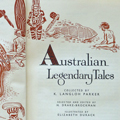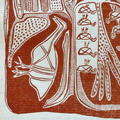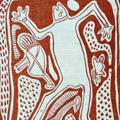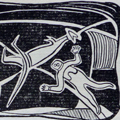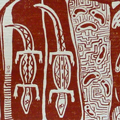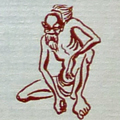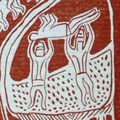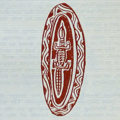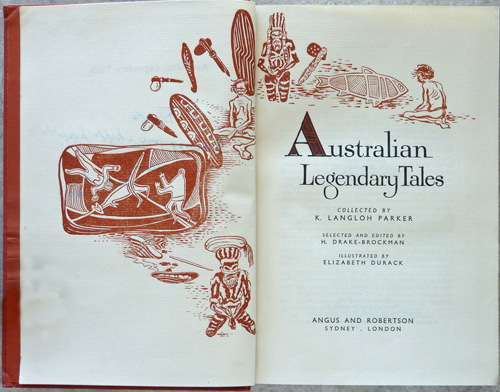Acknowledged as the finest and most
authentic collection of Australian life “as it was in the beginning”, Australian
Legendary Tales has been in print continuously for over 100 years. The legends,
first published in London in 1896, were recorded and translated from the
stories of the Euahlayi people of northwestern New South Wales by K (Katie) Langloh Parker in the late 19th century.
Notable illustrators
who preceded Elizabeth Durack in the 1953 edition, included Tommy McCrae, in
1896, and Nora Heysen, in 1930, both of whom employed a conventional
illustrative style.
In a note ‘About the Pictures’ at
the front of the book Elizabeth Durack talks about Jubbul, an artist from
Arnhem Land, who was pivotal in her assimilation of an Aboriginal artistic
perspective — a style she felt intuitively to be right and suitable for the
legends.
“… the compositions are my own conception but individual figures are
the aborigines taken from carved nuts, bark paintings, caves, rock faces, boomerangs, shields, coolamuns, emu eggs and pieces of mother of pearl. They are the work of many artists, some long
dead … I am indebted to them all — but mostly to Jubbul and although he died
some years ago I like to think he survives a little in some of these pictures.”
ED Perth, 1953
